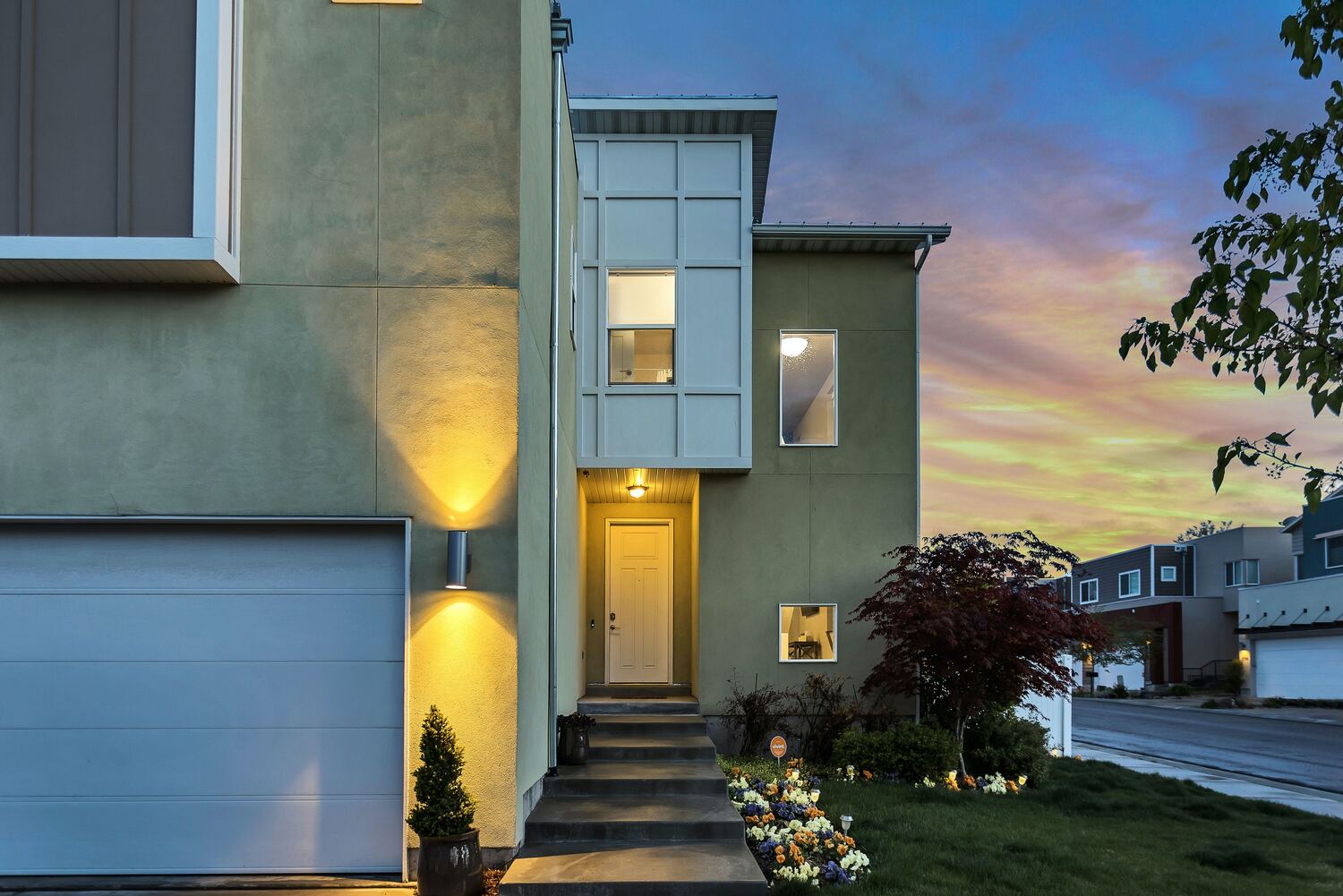- Home
- Articles
- Architectural Portfolio
- Architectral Presentation
- Inspirational Stories
- Architecture News
- Visualization
- BIM Industry
- Facade Design
- Parametric Design
- Career
- Landscape Architecture
- Construction
- Artificial Intelligence
- Sketching
- Design Softwares
- Diagrams
- Writing
- Architectural Tips
- Sustainability
- Courses
- Concept
- Technology
- History & Heritage
- Future of Architecture
- Guides & How-To
- Art & Culture
- Projects
- Interior Design
- Competitions
- Jobs
- Store
- Tools
- More
- Home
- Articles
- Architectural Portfolio
- Architectral Presentation
- Inspirational Stories
- Architecture News
- Visualization
- BIM Industry
- Facade Design
- Parametric Design
- Career
- Landscape Architecture
- Construction
- Artificial Intelligence
- Sketching
- Design Softwares
- Diagrams
- Writing
- Architectural Tips
- Sustainability
- Courses
- Concept
- Technology
- History & Heritage
- Future of Architecture
- Guides & How-To
- Art & Culture
- Projects
- Interior Design
- Competitions
- Jobs
- Store
- Tools
- More
Architectural Alchemy: Blending Form, Function, and Aesthetics

In the realm of architecture, there exists a profound and transformative artistry that transcends the ordinary. It is an alchemy that takes shape through the harmonious fusion of form, function, and aesthetics. This magical synergy creates spaces that not only serve a purpose but also evoke emotions, inspire awe, and elevate the human experience. Welcome to the world of architectural alchemy, where the boundaries between the tangible and intangible, the practical and poetic, blur into oblivion.
Architecture, at its core, is about meeting human needs. It addresses our fundamental requirement for shelter, protection, and functionality. A building’s form, the physical manifestation of its design, is shaped by its purpose. Whether it be a towering skyscraper, a humble cottage, or a sprawling university campus, form arises from a deep understanding of function. Architects meticulously analyze the intended use of a space, studying the flows of human traffic, the interplay of natural light, and the integration of various systems. They harness this knowledge to craft structures that seamlessly accommodate our needs, optimizing efficiency and enhancing usability.
However, architecture is not solely concerned with practicality. It possesses an innate capacity to transcend the realm of function and delve into the realm of art. This is where aesthetics come into play. Aesthetics embody the visual language of architecture, speaking to our senses and stirring our emotions. They enable a building to communicate its purpose, tell a story, or provoke contemplation. Aesthetics breathe life into spaces, transforming them from mere enclosures into evocative environments that resonate with the human spirit.

The fusion of form and aesthetics is where architectural alchemy truly manifests. It is the delicate dance between structure and beauty that sets extraordinary architecture apart. This alchemy requires a deep understanding of the interplay between geometry, materials, light, and space. Architects wield these elements like an artist wields a brush, painting a canvas with lines, volumes, and textures. They manipulate natural light to create dramatic contrasts, weave together various materials to evoke a sense of harmony or contrast, and sculpt spaces that embrace both openness and intimacy.
In the realm of architectural alchemy, every detail is carefully considered. The proportions of a room, the choice of materials, the interplay of light and shadow – all are part of a carefully choreographed symphony. This symphony aims to engage the senses, create an emotional connection, and elevate the human experience. It is the fusion of form and aesthetics that transforms a structure into a work of art.
Architectural alchemy extends beyond individual buildings. It also embraces the concept of urban planning and city design. A well-designed cityscape can captivate its inhabitants, foster a sense of community, and inspire creativity. It can blend the old with the new, paying homage to history while embracing innovation. The alchemy of urban planning involves creating harmonious relationships between buildings, open spaces, transportation systems, and infrastructure. It requires a holistic approach that balances functionality, aesthetics, and the needs of the community.

In conclusion, architectural alchemy is the transformative process that blends form, function, and aesthetics to create spaces that are more than the sum of their parts. It is the art of turning structures into works of art, of evoking emotions through design, and of shaping environments that enrich the human experience. It is a testament to the power of architecture to transcend the practical and touch the realms of the poetic. As we continue to seek spaces that inspire, nurture, and awe, architectural alchemy will guide us towards a future where our built environment becomes a source of enchantment and wonder.
Beyond form, function and aesthetics, architecture has the power to convey symbolic messages and evoke meaning. Through form and aesthetics, buildings can represent cultural values, historical significance, or embody a particular ideology. Symbols and metaphors can be integrated into the design, allowing architecture to become a visual language that communicates ideas and narratives. Then, architecture has the potential to celebrate and express cultural identity and diversity. By incorporating elements of local traditions, craftsmanship, or cultural symbolism, buildings can serve as a reflection of the community they belong to. This fosters a sense of pride, belonging, and cultural continuity.
Ultimately, the combination of form and aesthetics in architecture should strive to create a harmonious, functional, and visually pleasing built environment. By considering these additional aspects, architects can create designs that transcend mere functionality and elevate the human experience, enhancing our connection with the spaces we inhabit.

Submit your architectural projects
Follow these steps for submission your project. Submission FormLatest Posts
How a Contact Centre Boosts Trust in Your Building Business
In construction, trust is the glue that holds projects together. Clients need...
How Real Time Parcel Geolocation Is Redefining Last Mile Efficiency for Modern Businesses
Last mile delivery has become the most critical point in the customer...
How Can Small Spaces Stay Stylish and Relaxing?
In today’s fast-paced urban lifestyle, small living spaces are becoming increasingly common....
Top 10 Iconic Buildings by Zaha Hadid
Discover the top 10 most iconic buildings by Zaha Hadid, showcasing her...











Leave a comment